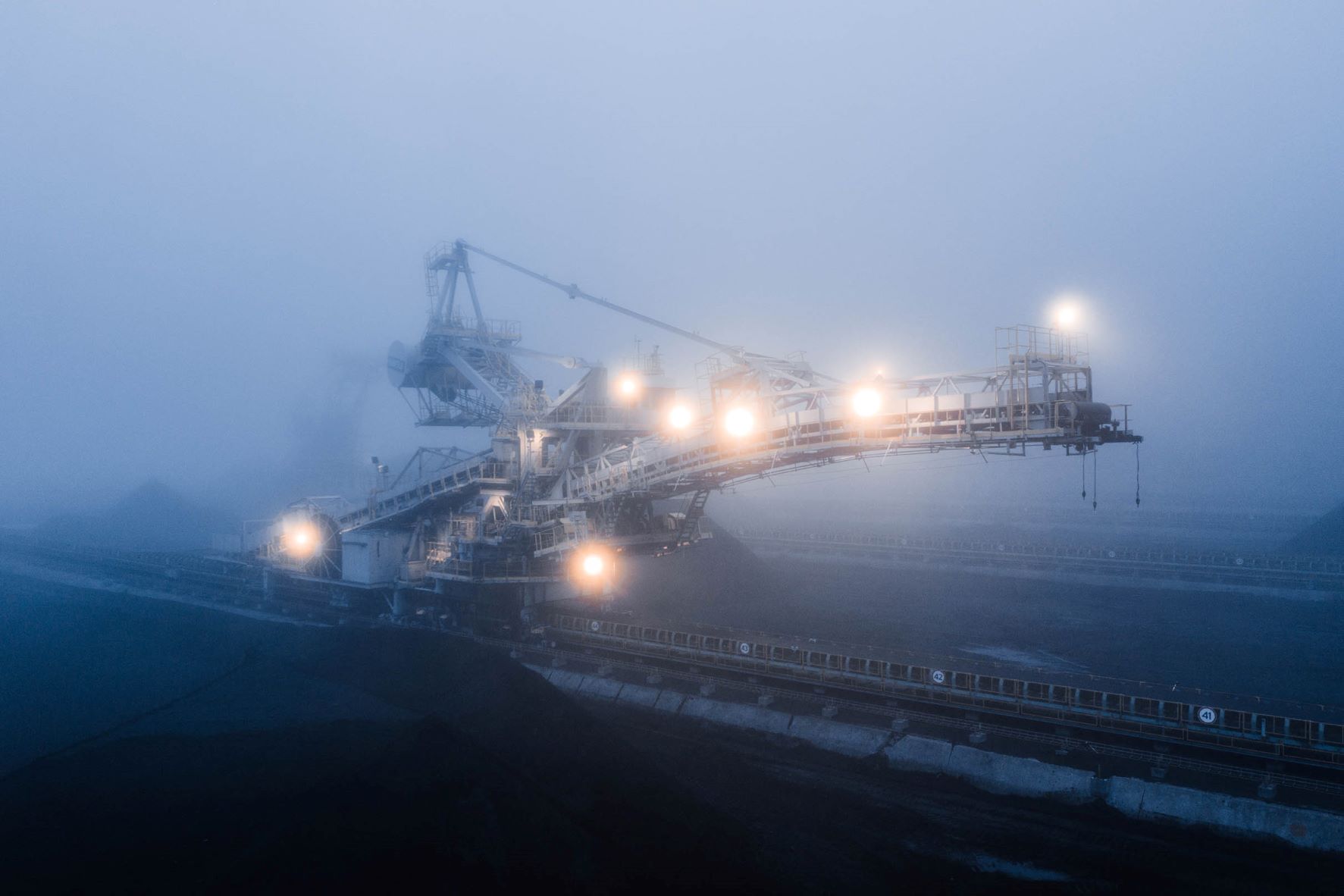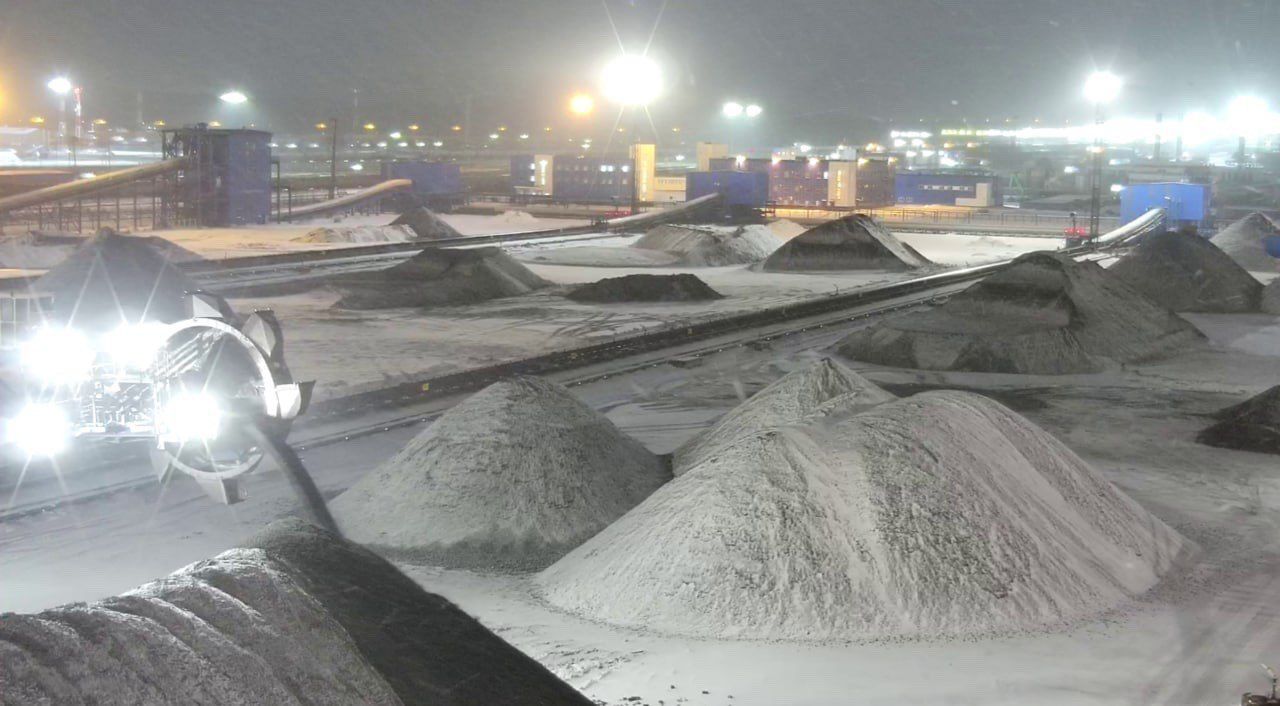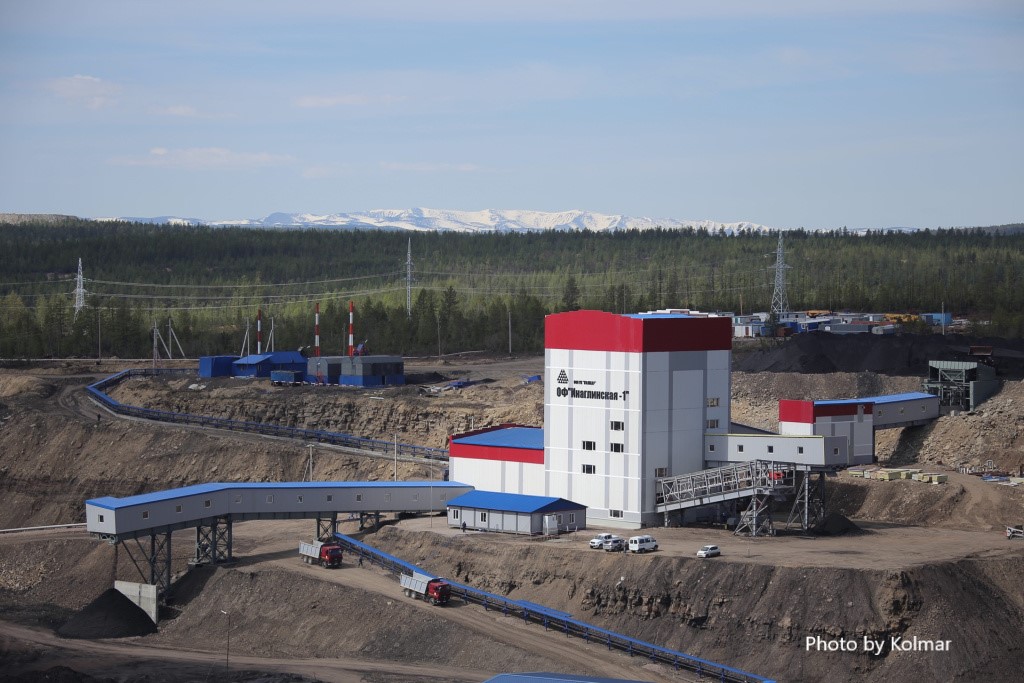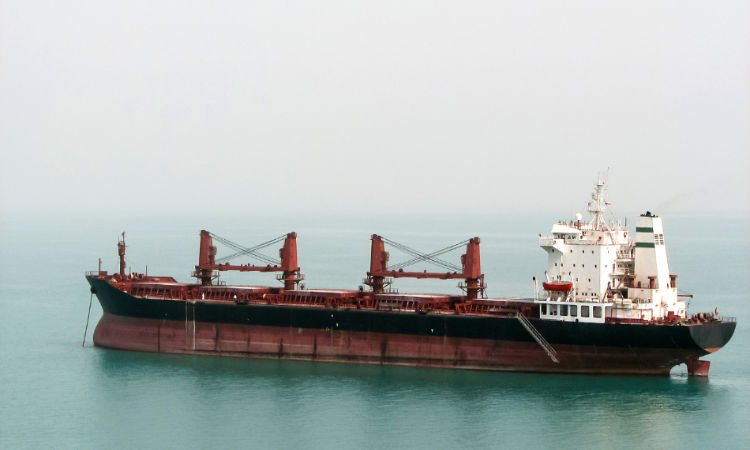
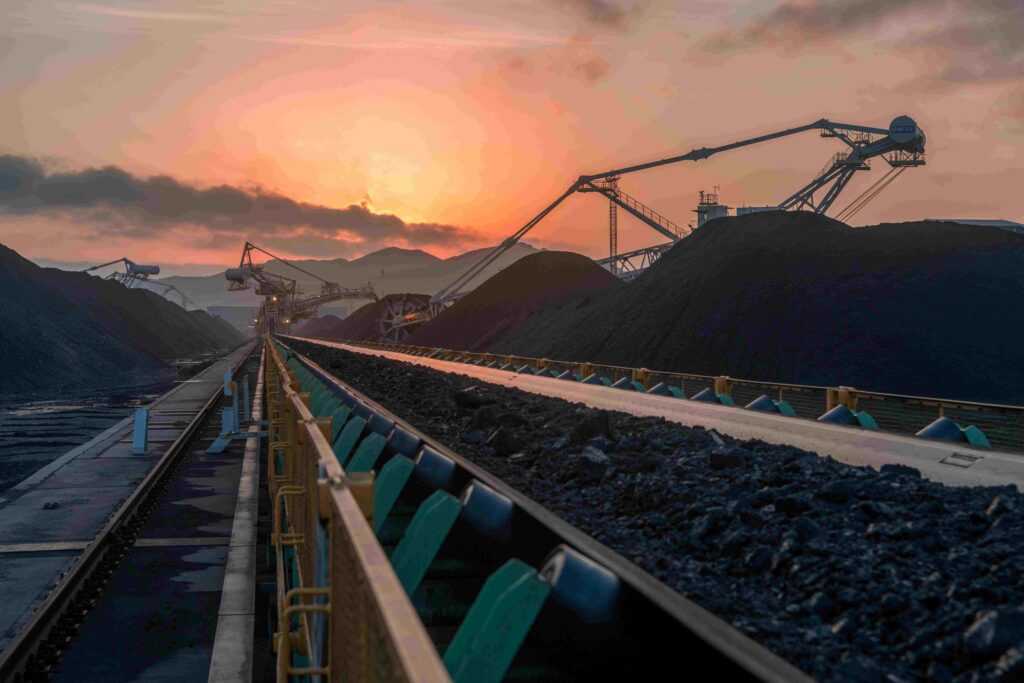
Over the past week, European thermal coal indices surged to 127 USD/t. Quotes were supported by a reduction in stockpiles and an increase in German consumption.
An additional driver remains the growth of energy markets, including gas and electricity prices, amid geopolitical tensions in the Middle East and possible damage to gas measuring station near the border town of Sudzha (the Kursk region) because of a Ukrainian attack, which could lead to disruptions in gas transit via Ukraine to the EU.
Gas quotations at TTF hub strengthened to 442.26 USD/1,000 m3 (+5.99 USD/1,000 m3 w-o-w). Coal stocks at ARA terminals decreased to 5.12 mio t (-0.21 mio t or -4% w-o-w).
South African High-CV 6,000 was holding at 115-116 USD/t. A positive factor is the growing trend in the European market and steady demand from India, where local coal stocks at power plants declined by 4% over the past week, due to increased generation and lower shipments from Coal India. Nevertheless, in view of falling steel prices, buying activity by sponge iron producers has declined.
Monthly throughput at Richards Bay Coal Terminal (RBCT) is expected to recover to 4.2 mio t in August and to 4.0 mio t in September.
For January-September, transshipment is forecasted at 36.2 mio t (-0.2 mio t vs. January-September 2023). Glencore Coal’s CEO anticipates the terminal’s throughput to total 50-52 mio t by the end of 2024. On Monday, rail operator Transnet announced that owing to maintenance, the speed limit (28 km) on the rail line to RBCT was lifted.
In China, spot prices for 5,500 NAR coal at the port of Qinhuangdao slipped to 119 USD/t on deteriorating demand, related to the expected easing of heat wave as two weeks are left for the end of summer.
Moreover, some minor producers lowered prices to attract buyers, though this had little effect. Market participants are also concerned the production may rise before the end of August, given the forecasted minimum level of rainfall in the northern coal mining provinces. However, prices may be supported by a reduction in Daqin coal shipping volumes, which amounted to 0.95 mio t/day vs. 1.05 mio t/day a week earlier.
China’s coal extraction in July fell to 390.37 mio t. (-15 mio t vs. June 2024). January-July production amounted to 2.66 billion t (-0.8% to Jan-July 2023).
Inventories at the 6 largest coastal thermal power plants added 0.10 mio t to 13.93 mio t, while coal stocks at the 9 largest ports totaled 24.81 mio t (-0.42 mio t w-o-w).
Indonesian 5,900 GAR strengthened to 91.3 USD/t, supported by strong demand from the Asia-Pacific, including Vietnam. Moreover, some producers from South Sumatra declared force majeure or plan to do so because of the collapse of the Karang Agung bridge on August 12, caused by a barge crash, that blocked waterways. Therefore, companies shipping in the Tanjung Kampeh and Muara Banyuasin areas are affected. According to preliminary estimates, about 1.0 mio t of material may not reach the market.
Australian High-CV 6,000 climbed to 150 USD/t on the back of robust demand from the Asia-Pacific, including South Korea, where power consumption reached record highs, resulting from extremely high temperatures. Limited supply from Russia, due to infrastructure constraints, is also supporting the quotations.
Australian HCC metallurgical coal index continued to sink, having dropped below 205 USD/t. The pace of price decline for Australian premium quality metallurgical material continues, fueled by growing supply, ample inventories and weak demand.
Significant pressure is exerted by the price drop for metallurgical coal in China to new lows since the beginning of 2024 amid unfavorable conditions in the steel market. Meanwhile, market participants expect the negative trend to continue, as supply is expected to exceed demand given the increase in production of Shanxi province and a new round of coke prices downgrade.
Source: CCA Analytics










